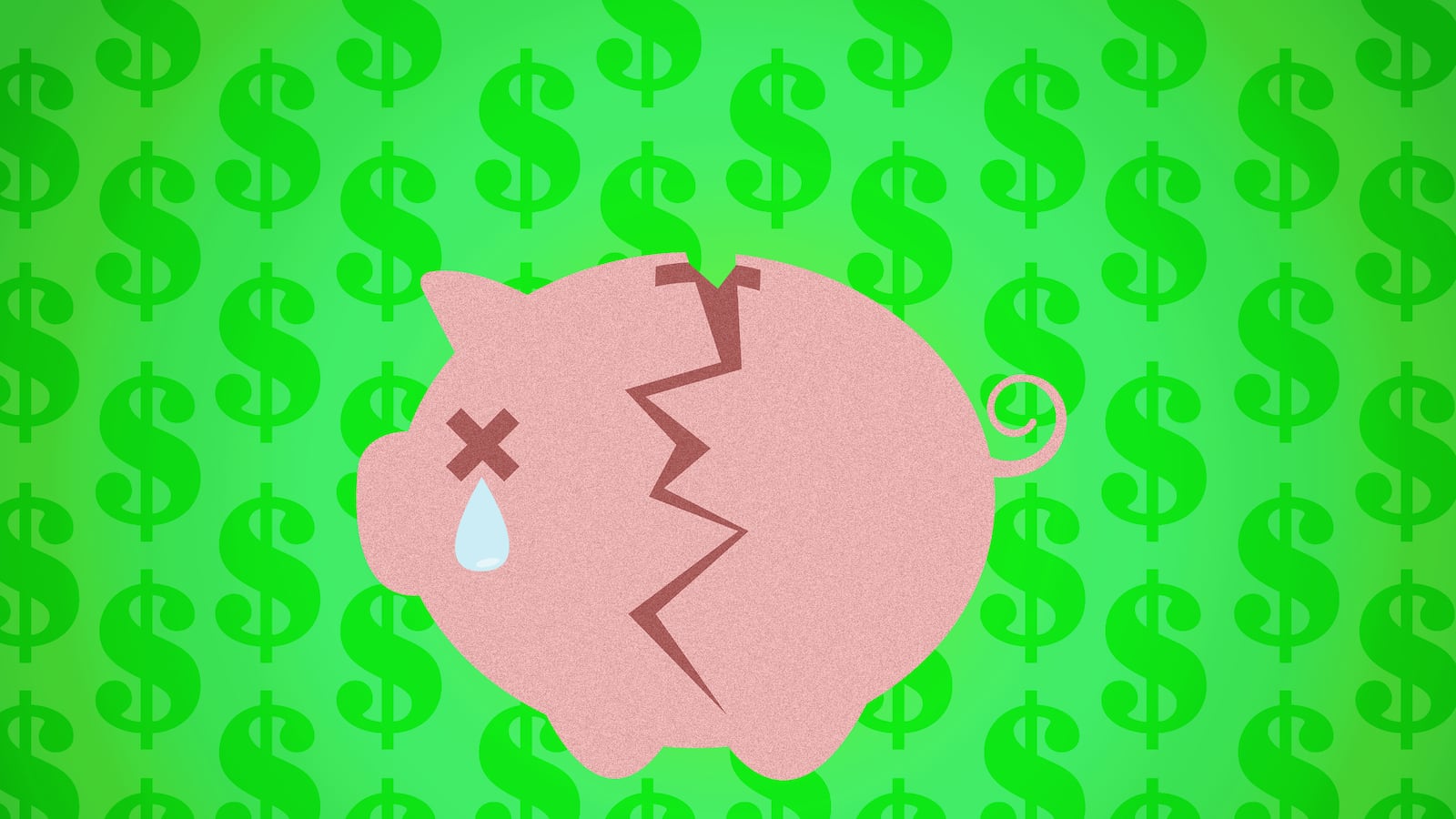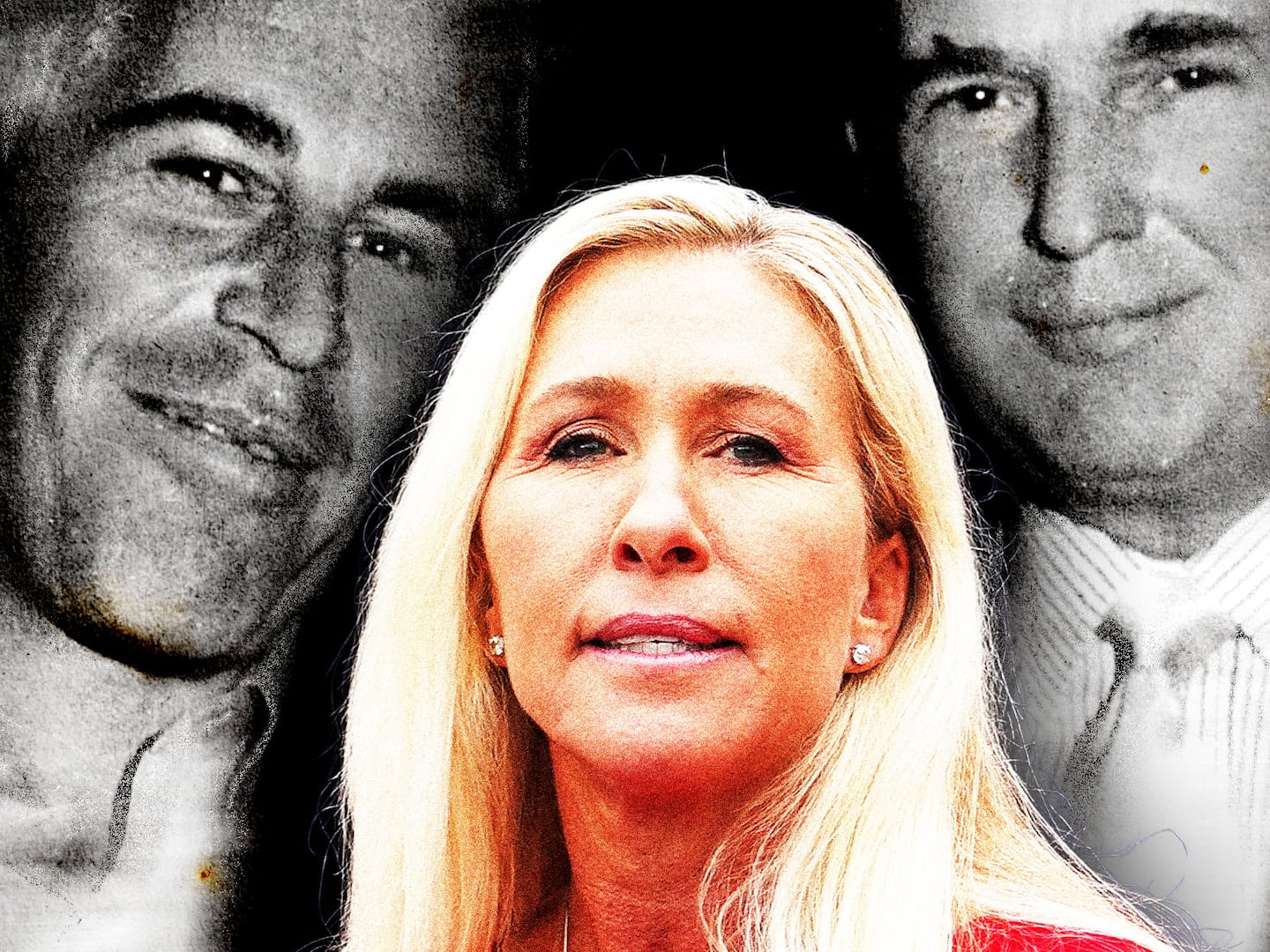Last Wednesday, the U.S. Federal Reserve Bank governors released minutes from its March meeting, where they decided to signal to the world that, in the foreseeable future, they will deem the U.S. economy healthy enough for the Fed can start raising short term interest rates.
The recovery is here, long live the recovery. Because this coincides with news that Americans are ill-prepared for the next downturn.
In late March, Deutsche Bank's chief international economist, Torsten Sløk released a report showing that 47 percent of American households had a zero or negative savings rate in 2013, down one percentage point from its peak in 2010. Given that the recession supposedly ended in 2009 and that it's been green shoots since, this is depressing news.
This 47 percent number recalls another 47 percent—the number of Americans who do not make enough money to pay federal income taxes and who drew the ire of candidate Mitt Romney, when he thought he wasn't speaking in public. Those Americans, Romney contended, would never vote for a man like him as they had grown dependent on government largesse. The far right took to calling nearly half the country slackers and freeloaders.
While we don't know with certainty that the two 47 percent populations overlap, it makes sense that those who cannot pay federal income taxes also do not have a lot of money left over for saving. This would also be proof that the progressive tax system, as designed, somewhat resembles reality—and it would even suggest that the system should be more progressive.
In the aftermath of the Financial Crisis, it is hard to believe that those who have money to save would choose not to save it. Instead, savings accounts of all types are low while most American households carry debt. The average balance in a 401(k) account at low cost investment provider Vanguard was $101,650—or about $4,000 a year if used to fund a retirement with (typical) 4 percent annual withdrawals.
The average American household savings account balance was $3,800 as of midyear 2014. A quarter of households had no savings at all.
Consumer debt is a major impediment to savings. The average household carries nearly $7,000 in credit card debt. The interest rates on such debt as to make any savings or investment pointless while carrying a card balance.
Job growth and hints of wage growth lend to optimism about current conditions but no expansion lasts forever and this tepid recovery inspires little faith. Sløk's chart suggests that American families would not fare well under the stress of another Financial Crisis or even of a modest downturn and short recession. In the event of a downturn, households would need immediate and generous financial support from their state governments and from the federal government. The states are financially strapped and the federal government has been in austerity mode since 2011.
If the 47 percent become a factor in the next election cycle, the focus should be on those households that cannot save to protect themselves from adversity. The only viable solutions are wage growth, debt reduction and further shifting the burden of taxation away from those who cannot even fund a bank account.
In a situation like this, "thrift" is not an answer. Only dealing with the structural inequities in the economy can work.






